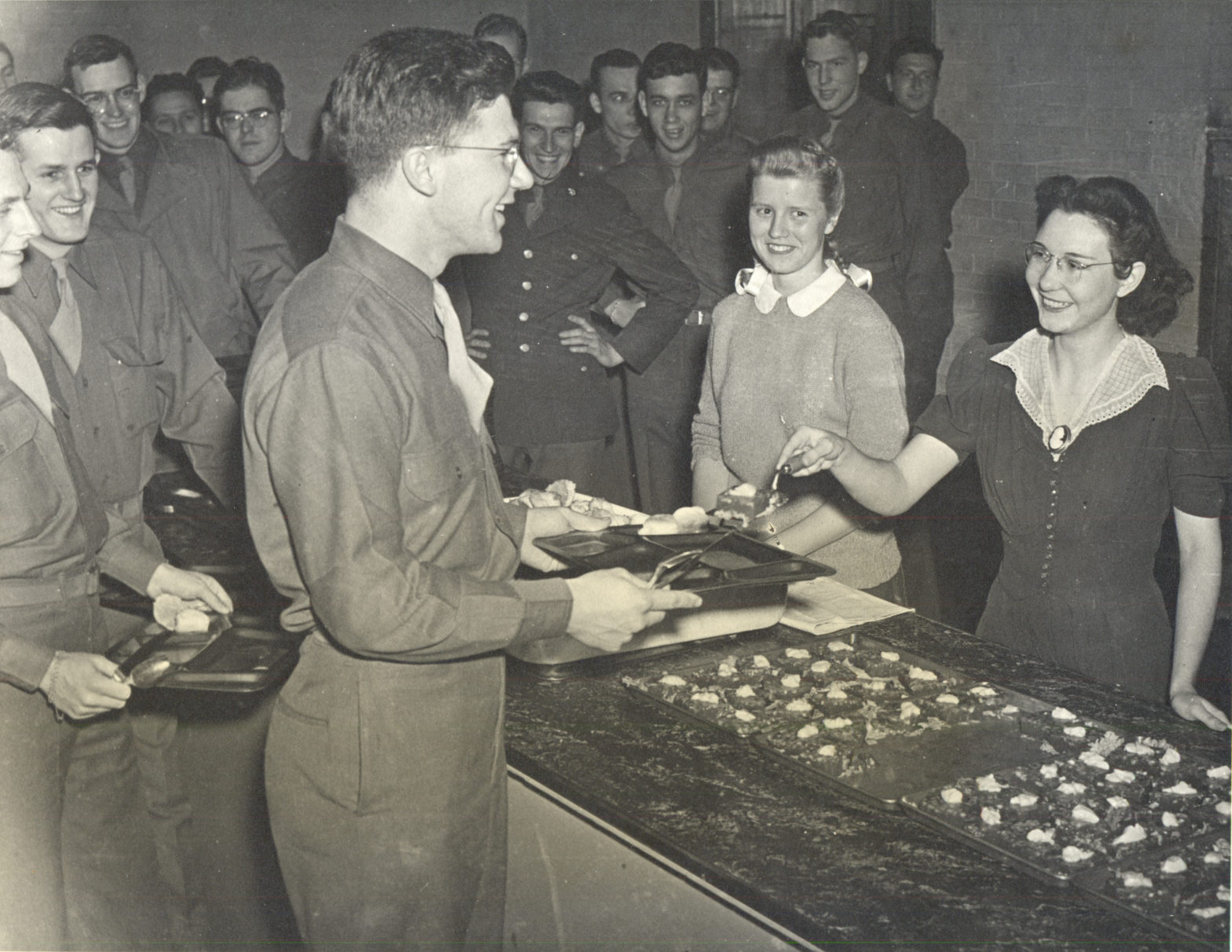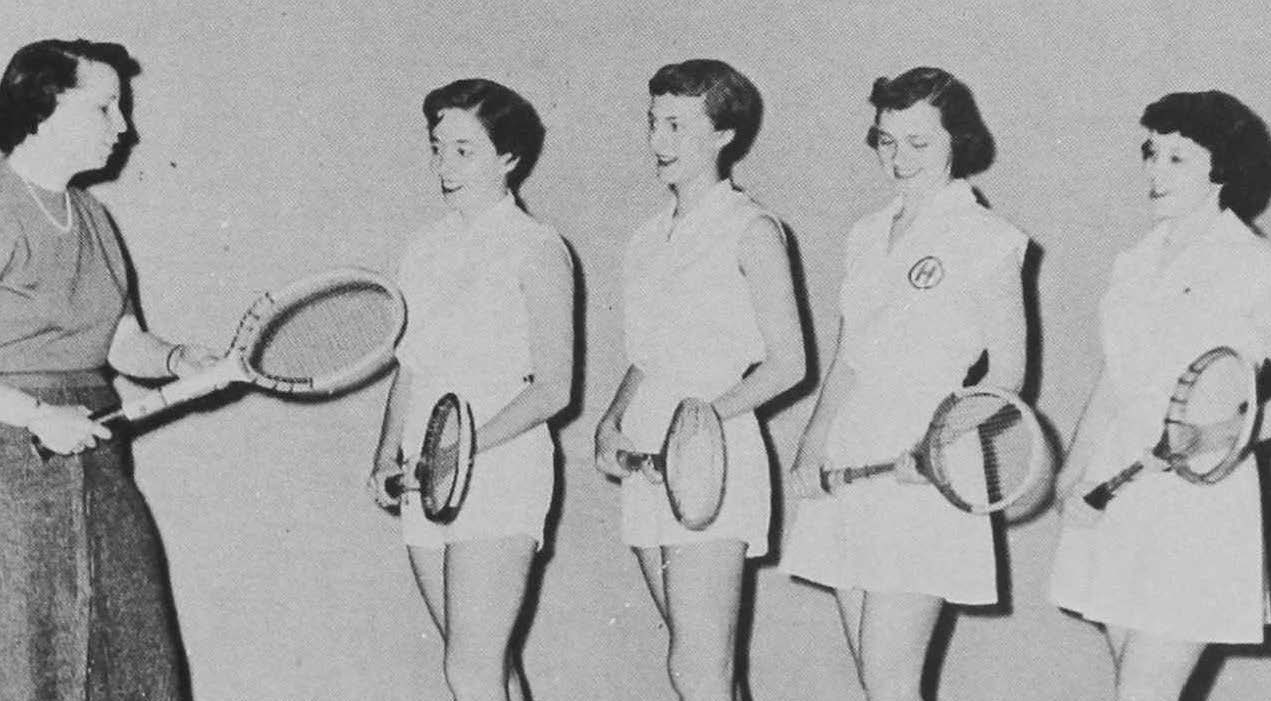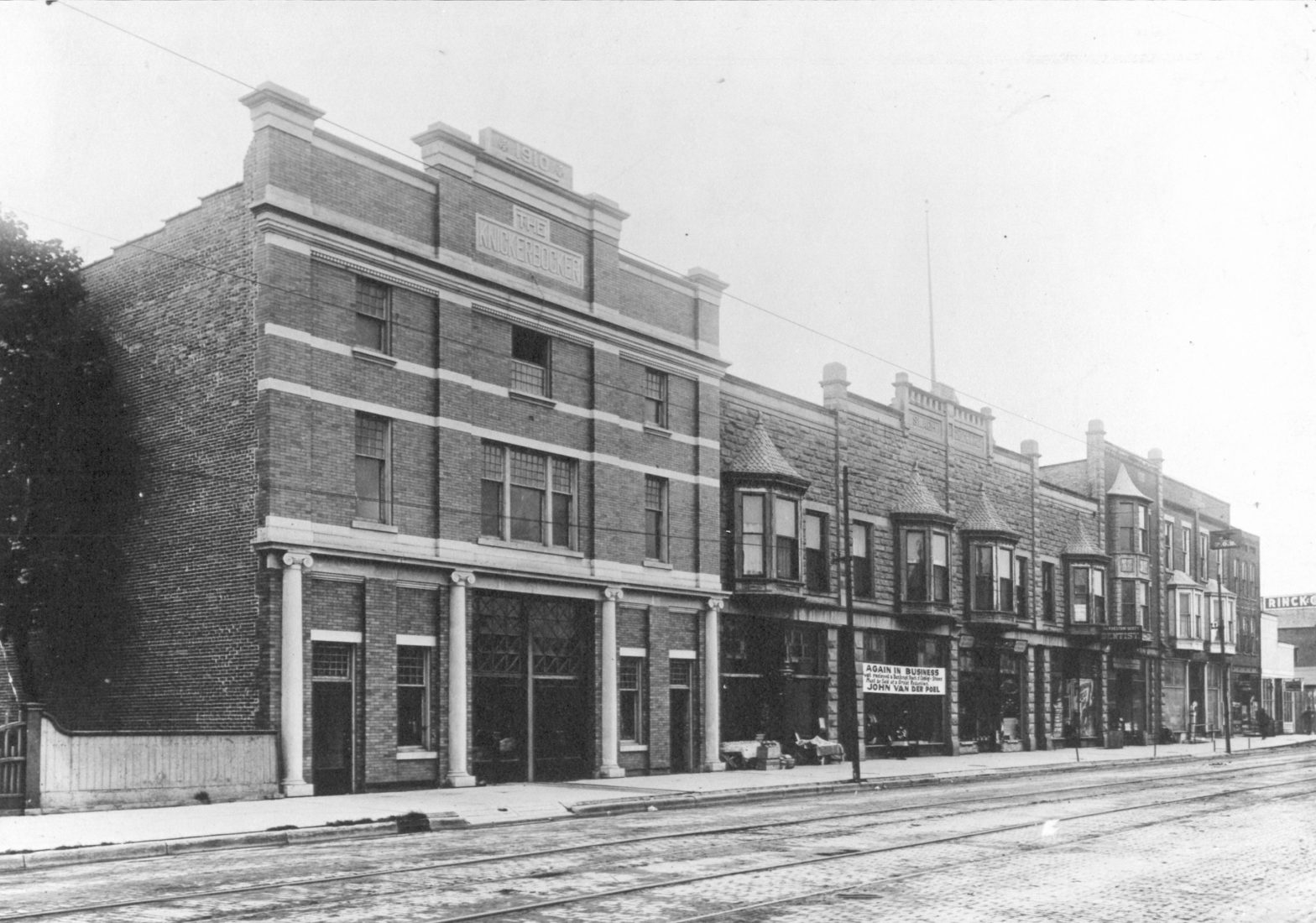
Before Dutch settlers immigrated to West Michigan and established the town of Holland, MI, Ottawa Native Americans and American missionaries called the area their home. In 1839, Chief Wakazoo, Reverend George Smith, and the Black Lake Band of Odawa founded a village near Lake Macatawa and named it Old Wing Mission. Smith and his wife, Arvilla, documented their experiences as settlers in the 1830s and 1840s- including the difficulties of disease and loss. Read about the Smiths and their experiences in the Spring 2023 issue of The Joint Archives Quarterly.













